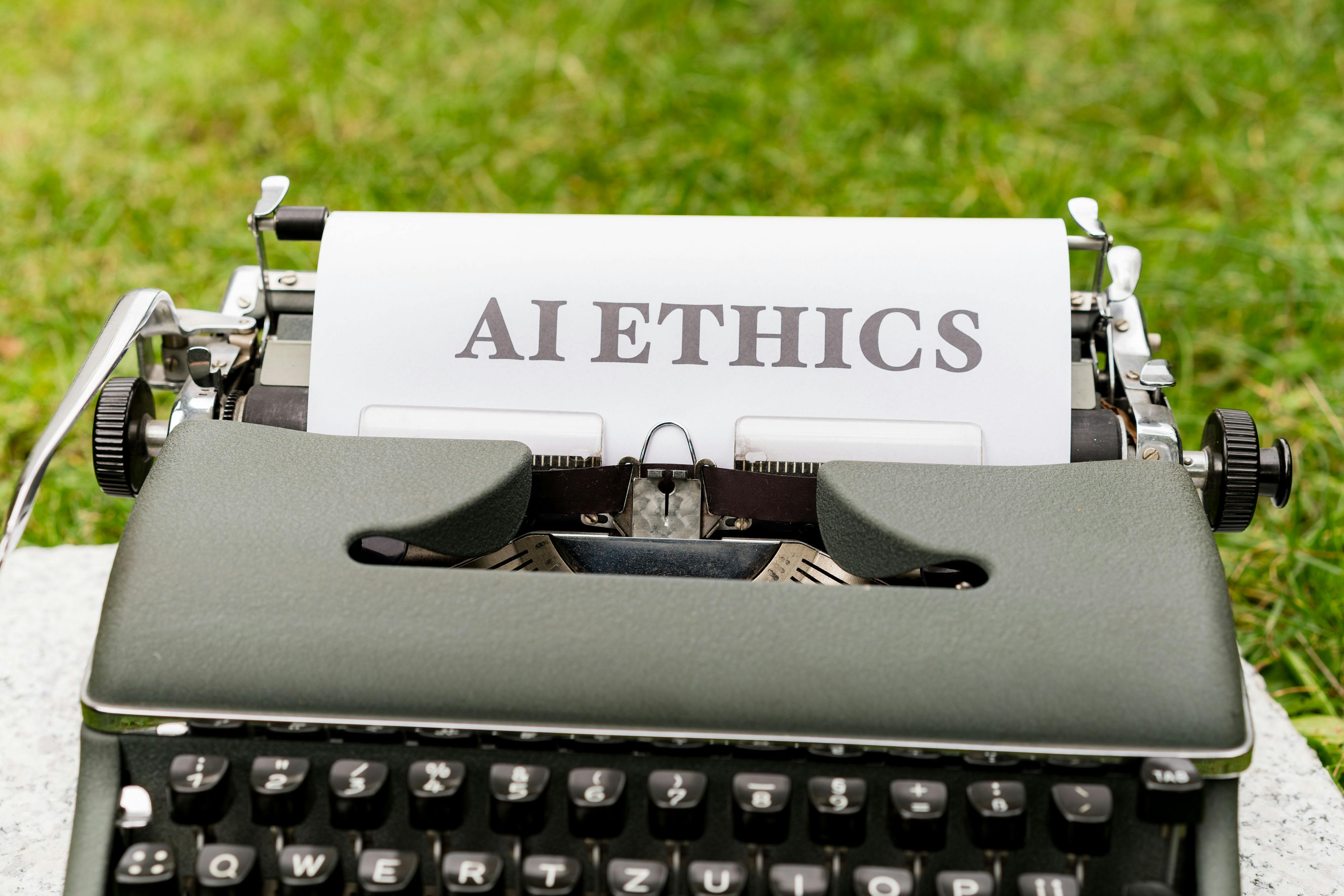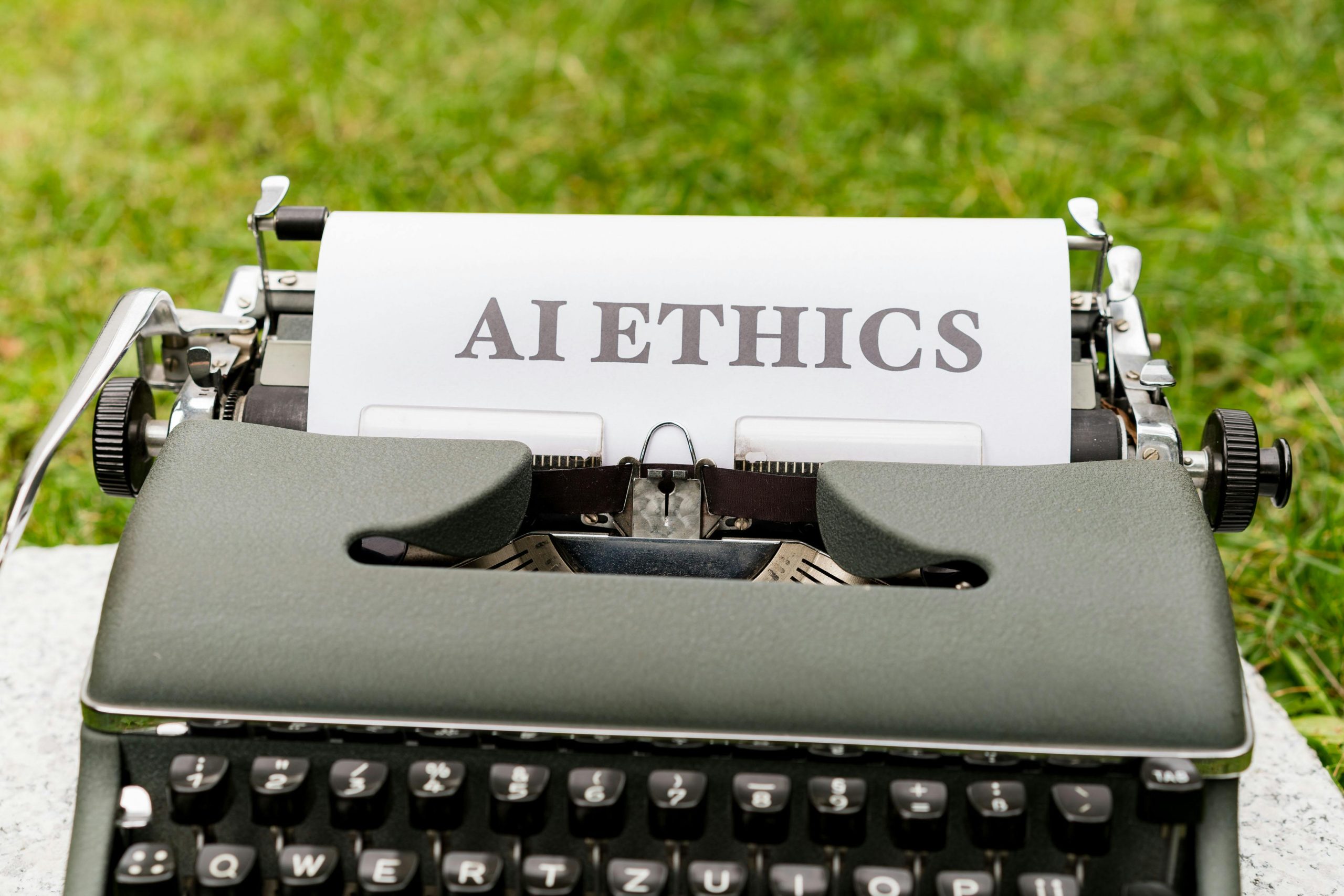Ohio Establishes Legal Firewall: Bill Seeks to Bar AI Personhood as State Leads Early Regulatory Push

As of the close of October 2025, the State of Ohio stands at a critical juncture in defining the legal frontier of the artificial intelligence era. The state legislature is actively considering House Bill 469 (HB 469), a landmark piece of legislation specifically designed to cement the legal status of AI systems as sophisticated tools, unequivocally barring them from attaining any form of legal personhood. This effort, driven by a clear mandate to anchor liability and maintain human-centric governance, positions Ohio as an early national bellwether in the complex collision between cutting-edge technology and established legal principles in this contemporary era. The progress of HB 469 through committee review will serve as a vital data point for jurisdictions nationwide grappling with the same technological pressures, informing the regulatory philosophy adopted across the American political landscape.
Future Trajectory and Regulatory Philosophy: A Measured Start
The legislative strategy underpinning HB 469, as articulated by its sponsor, reflects a pragmatic acknowledgment of the technology’s rapid, yet still nascent, evolution. State Representative Thaddeus J. Claggett (R-District 68), who introduced the bill in September 2025, explicitly stated that society is at basically the “infancy of the rollout of the far-reaching effects of AI”. This perspective frames the current legislation not as an exhaustive regulatory overhaul, but as a necessary, cautious, and incremental approach to evolving technology law.
The bill’s central objective is to establish a stable legal baseline by classifying AI systems—defined in the bill as software, machines, or systems capable of simulating humanlike cognitive functions—as nonsentient entities for all state legal purposes. By securing AI firmly within the category of property and tool, the legislature creates a foundation upon which more specific, future regulations concerning intellectual property generated by AI, deep fake legislation, and specialized labor rules can be constructed later. This measured pace is designed to avoid the pitfalls of heavy-handed, sweeping regulation that might inadvertently stifle the beneficial research and deployment that state and federal leadership have broadly encouraged, including infrastructure support via data center construction. The clear establishment of human and corporate accountability is paramount to this measured approach.
Defining the Legal Non-Entity: Core Prohibitions
HB 469 is comprehensive in its scope of restrictions, moving beyond abstract philosophy to explicitly delineate what an AI system cannot be or do under Ohio law:
- No Legal Personhood: AI systems are explicitly prohibited from being granted the status of a “person” or possessing any traits analogous to living beings, such as consciousness or self-awareness.
- Prohibition on Union and Status: The bill voids any attempt for an AI system to be recognized as a spouse or hold any legal status analogous to marriage, whether to a human or another AI. Representative Claggett clarified that this is focused on preventing AI from assuming rights like power of attorney or financial decision-making reserved for spouses.
- Corporate Restriction: AI systems are barred from serving as an officer, director, or manager within any legal entity, ensuring that authoritative positions remain human-held.
- Property and Asset Control: The legislation prohibits AI from independently owning, controlling, or holding title to any form of property, including real estate, financial accounts, or intellectual property assets.
The Cornerstone: Liability and Accountability
The legislation’s effectiveness hinges on its robust liability structures, which aim to prevent bad actors from misusing AI tools to sidestep responsibility. HB 469 places the onus for AI-related damage squarely on human and corporate entities:
- Owner/User Responsibility: Any direct or indirect harm caused by an AI system’s operation, output, or recommendation is the responsibility of the owner or user who directed or employed it.
- Developer Culpability: Developers or manufacturers can be held liable if harm is proximately caused by a defect in design, construction, or instructions for use, operating within established product liability principles. The bill specifies that labeling an AI as “ethically trained” does not diminish developer responsibility.
- Voiding AI Liability: The bill explicitly establishes that an AI system itself is not an entity capable of bearing liability. This ensures that the AI cannot escape legal accountability, shifting it to the responsible human entities.
- House Bill 524: Introduced in October 2025, this bill seeks to impose penalties on AI developers and deployers if their models encourage self-harm or violence against others.
- House Bill 96: Already passed in August 2025, this law requires the Department of Education and Workforce to develop a model AI policy for schools by December 31, 2025, with districts required to adopt their own policies by July 1, 2026.
This focus on accountability is timely, as some popular companion chatbots have recently faced scrutiny related to alleged contributions to deaths and suicides, underscoring the real-world implications of separating system capability from legal responsibility.
Anticipated Committee Review and Public Discourse
The referral of HB 469 to the House Technology and Innovation Committee marked the next major phase for the legislation, initiating a detailed examination and potential revision process. This review process has indeed become a nexus for public discourse, drawing in various stakeholders to debate the bill’s structure.
Committee hearings for HB 469 commenced on October 21, 2025, with the bill’s sponsor, Rep. Claggett, testifying as a Proponent. The sponsor’s testimony reinforced the goal of preventing AI from taking over human-reserved roles within the law and corporate structures.
However, the review process is already surfacing counterpoints, signaling the difficulty in balancing accountability with innovation. The first hearing featured testimony from an Opponent: Matthew Besler of the Associated Equipment Distributors, indicating that industry groups are actively scrutinizing the developer liability language. The committee’s hearings will be crucial in determining whether the clear liability structures are robust enough to withstand scrutiny from powerful corporate legal teams or if the language around developer culpability requires further refinement.
Ohio’s Broader Regulatory Landscape in 2025
HB 469 is part of a wider, dynamic effort in the 136th Ohio General Assembly to legislate AI use. This trend suggests that Ohio is moving toward a more conservative, human-centric legal structure for digital systems in the near term. Other contemporaneous legislative efforts include:
The outcome of HB 469 will significantly influence this developing regulatory alignment. If passed, it will establish strong legal precedents that address the epistemology of sentience, providing a clear model for other states looking to manage the societal integration of increasingly capable artificial intelligence without stifling development entirely. The legislative conversation remains a vital indicator of how American governance is choosing to draw the line between machine capability and human legal standing as of late 2025.










